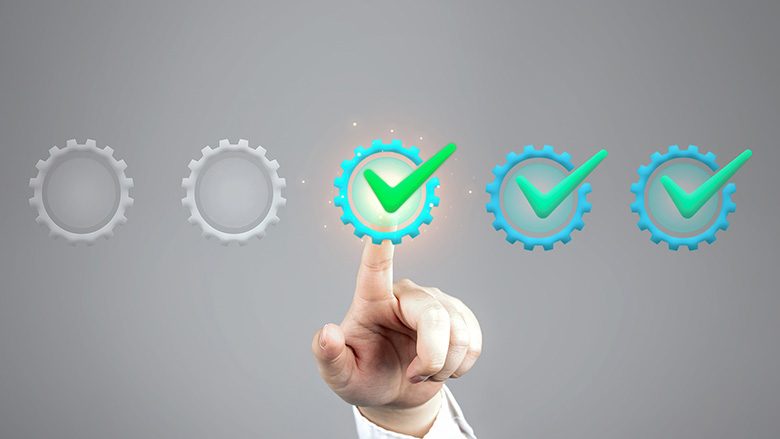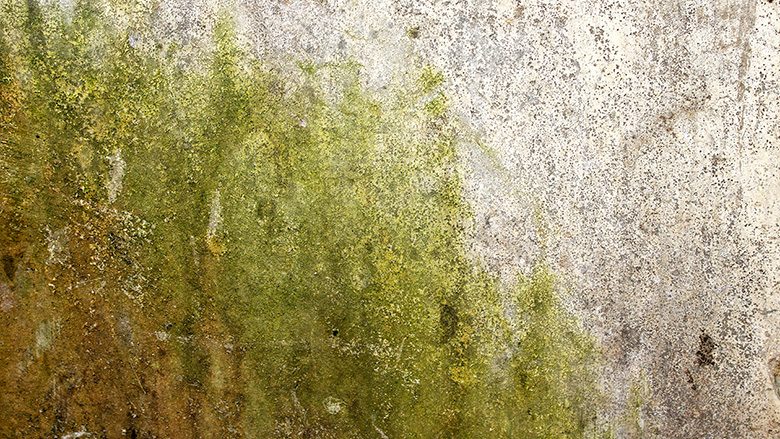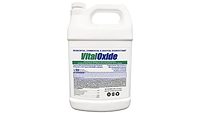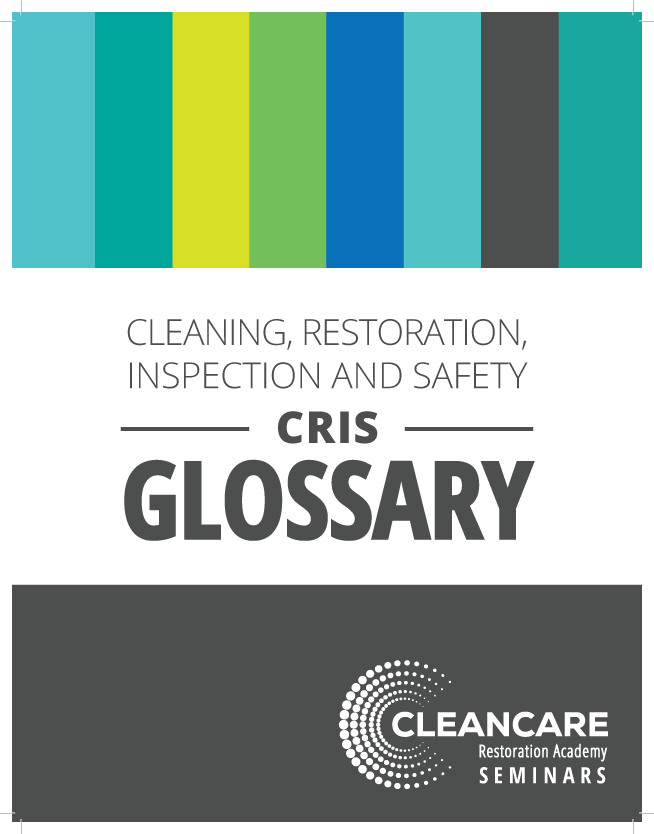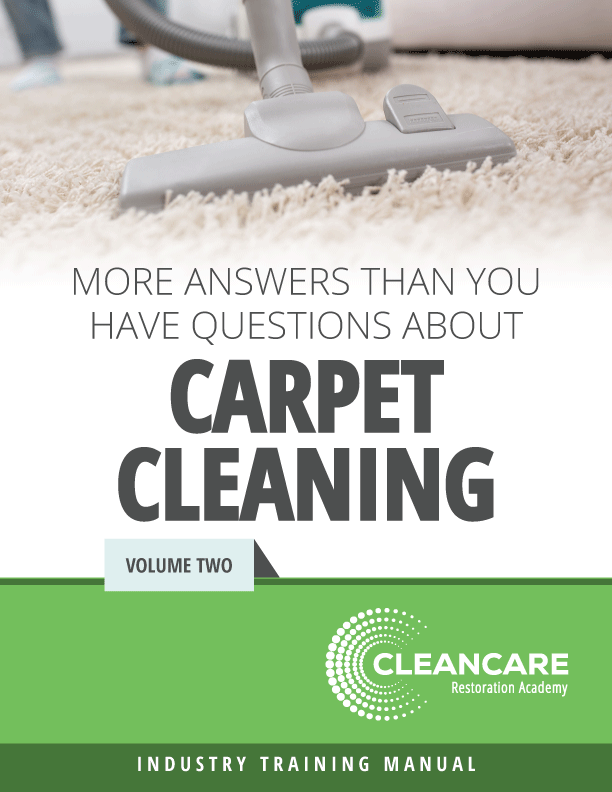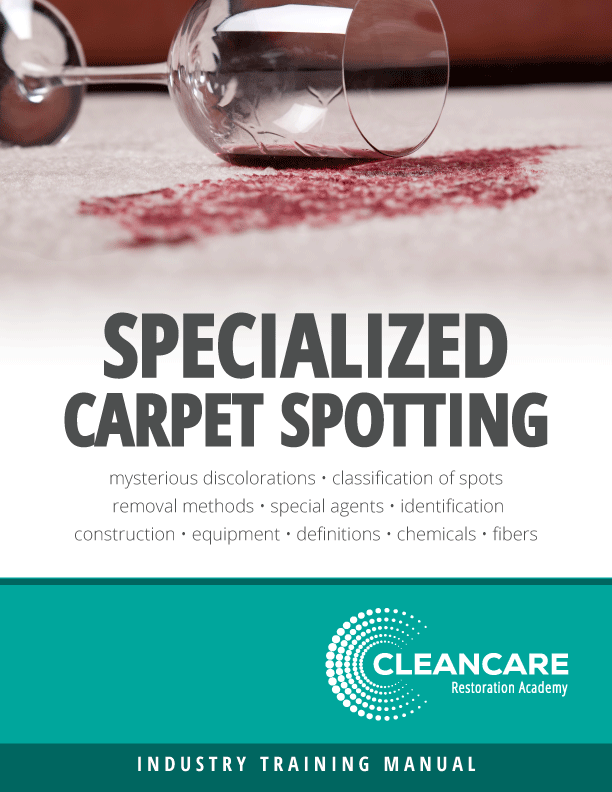The Critical Role of Proper Disinfection in Property Management
Ensuring Sanitary Conditions in Property Management Through Effective Disinfection

Photo credit: AlxeyPnferov / iStock via Getty Images Plus
Introduction
Maintaining a safe and sanitary environment is essential for commercial properties and facilities. Property managers need to consider populations such as children, the elderly and at-risk individuals as more susceptible to infection. Another consideration is the use of decontamination practices to mitigate the spread of harmful pathogens and to protect public health. Lastly, an understanding of best practices for cleaning and disinfection, including staff directives, can help ensure compliance with health and safety risk management.
Understanding the Risks
All environments, especially high-traffic environments, are a source of concern for the spread of infection and cross-contamination. High-touch points specifically in shared areas such as public areas, gyms, restrooms and cafeterias, can increase exposure to contagions. Anyone using these areas are susceptible to infections, but more so those with a weakened immune system. Thus, proper consideration for methodical and detailed disinfection is critical for property and facility management. Most commonly in 2025 considerations include Coronavirus disease (COVID-19), influenza, norovirus, as well as the Respiratory syncytial virus (RSV) for young children, but this is not an all-encompassing list.
Due diligence in disinfection products and protocols is crucial for property management, otherwise pathogens can linger on surfaces putting your facility and population at risk for the spread of disease. Studies like the one reviewed in an article published by Chris Dall, MA, show that high-touch areas such as door handles, desks and hospital bed rails can harbor microbes long enough to contribute to outbreaks putting patients and healthcare workers at risk, but the risk continues in schools and residential settings where a continuous mix of populations and scheduling are present.

Photo credit: New Crystal Restoration
Best Practices for Disinfection
Best practices should include routine cleaning and disinfection with an adherence to a scheduled rotation and documentation for practice. High-touch surfaces such as doorknobs, desks, light switches and gym equipment must be disinfected multiple times daily. Relying on the client is not enough. Training and evaluation of custodial staff for daily cleaning, product use and mixing, as well as proper use of PPE is a must.
Evaluation and understanding of these chemicals and their capabilities for effectiveness against targeted pathogens should be researched and proper training on concentrations, wet timing and correct supplies for staff employed. The EPA ‘s List N provides a reference for disinfectants effective against emerging viruses and should be consulted for outbreaks such as the most recent pandemic of 2020. Additionally, practices should ensure that products meet safety standards and limit exposure and reduce the potential for respiratory threat to staff and the community. Additionally, in understanding product contact time (time required where the disinfectant must remain wet on a surface to be effective), compatibility and efficacy with various surface materials and possible sensitivity to at-risk populations leads to a safer environment for all.
Following correct application methods will ensure maximum efficacy of any product. Staff should understand and know where to find information such as the manufacturer’s guidelines for dilution and contact time. They should possess a knowledge of when the use of electrostatic sprayers in high-risk environments may improve coverage and that a study done at the UC Davis found the use of fine split microfiber cloths (a blend of polyamide and polyester) has been proven to remove more bacteria and viruses than traditional cleaning rags.
Lastly, consideration outside of surface cleaning and disinfection to air quality will play a significant role in infection control. Investing in high-efficiency particulate air (HEPA) filtration systems and maintaining proper ventilation, as well as the use of UV-C light disinfection in HVAC systems is emerging technology that has shown promise in reducing airborne pathogens.

Photo credit: New Crystal Restoration
Training and Education
Finally, it all starts with basics. Educating and follow through on the role of consistent and proper hand washing techniques is the first step in preventing disease transmission. Next steps include understanding cleaning protocol practices, PPE usage to include donning and doffing, emergency procedures for accidental exposure and compliance with state and federal infection control standards. Implementation of the above will help protect you, your staff and guests from potentially preventable infection.
Conclusion
Maintaining clean and disinfected commercial properties and facilities is a shared responsibility. By adhering to industry best practices, following regulatory guidelines and continuously educating staff, institutions can create safer environments. A proactive approach to understanding various disinfectants and their proper use will help to reduce infection risk and foster a healthier community.
Investing in proper training, appropriate disinfectant selection and the implementation of advanced cleaning technologies can significantly enhance effectiveness of protocols. Property and facility managers must remain vigilant in their efforts to prevent the spread of disease and protect the well-being of those in their care.
Looking for a reprint of this article?
From high-res PDFs to custom plaques, order your copy today!


